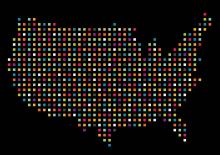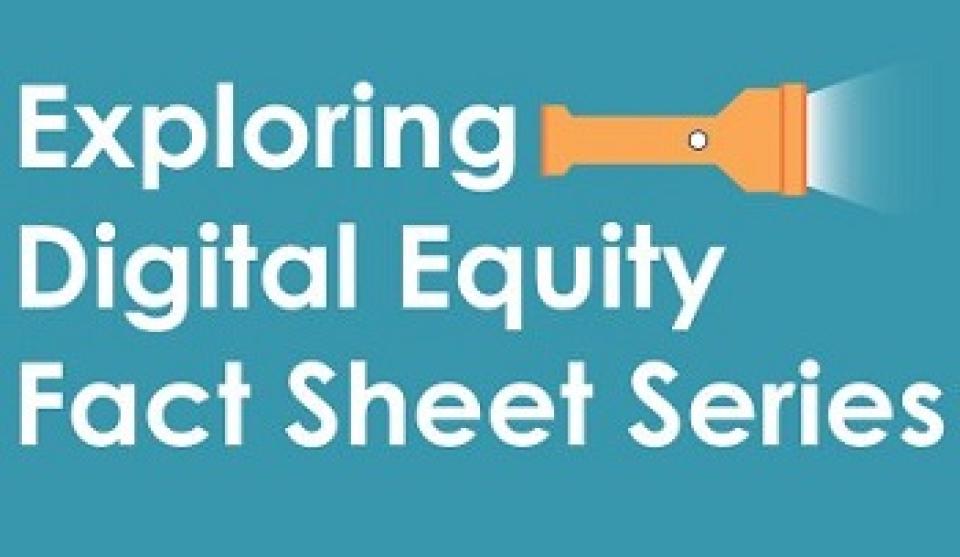The United State(s) of Broadband
Written by Christine Parker
See the interactive resource, United State(s) of Broadband Map, here. Updated on June 1, 2022.
View and download an HTML version of the map here. To view, open it in any web browser.
Updates can be shared with Christine Parker at [email protected].
*If at any point the HTML file stops working, it's because the map has been updated. Just return to this story or that dropbox folder and redownload the file at the link above.
Tens of billions of dollars in federal funding are poised for new broadband infrastructure deployment over the next five years. But a crucial step in allocating funds from the Broadband Equity, Access, and Deployment (BEAD) Program - for states and local governments - lies in knowing where fast, affordable, reliable broadband access currently is, so that they know where to drive new investment. The FCC’s historical and repeated failure to put together an accurate national broadband map threatens to significantly hold up the process.




